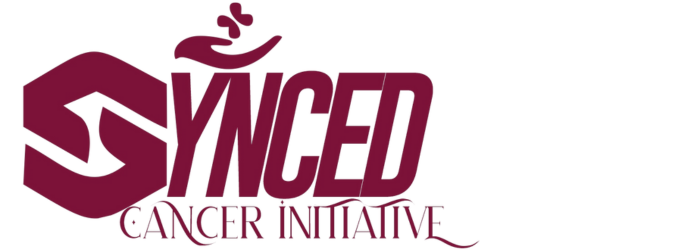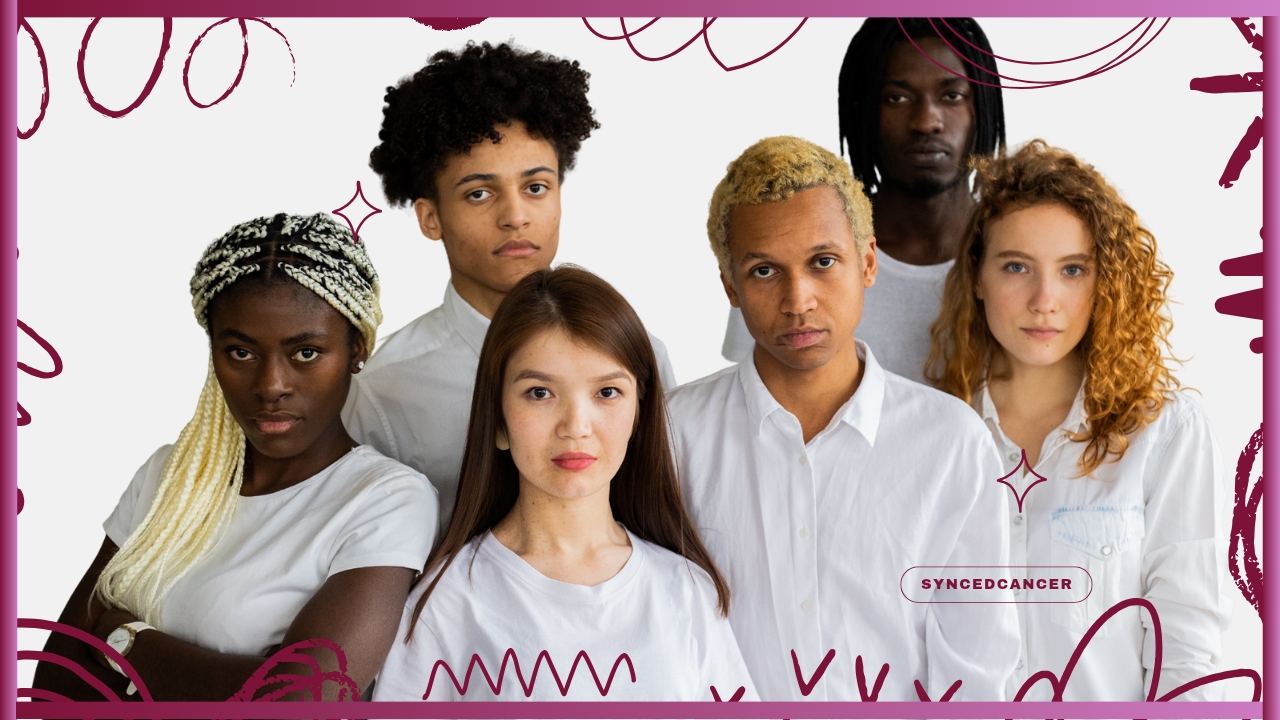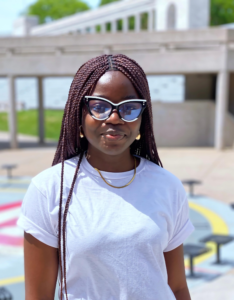Breast cancer is the most common cancer in women. It is becoming a big problem in Nigeria. Many women have heard about it, but only a few understand how being female, race, and money or social conditions affect who gets it, how early it is found, and if they survive.
Worldwide, breast cancer affects women in different ways. In 2020, the World Health Organization (WHO) said more than 2.2 million women were diagnosed. It also said 1 in every 12 women will have breast cancer in her lifetime. Survival is improving in many countries because of early tests and better treatment. However, not every woman has the same chance to get these services.
Gender and Breast Cancer
- Why gender matters: Breast cancer mostly affects women because their breast tissue is bigger and more active than in men. Men can also get breast cancer, but it is very rare. Being a woman is the most significant risk factor, especially after age 40.
- Female hormones: Hormones like estrogen and progesterone control changes in the breast. Sometimes these hormones make abnormal breast cells grow faster, leading to cancer. Women who take hormone medicines after menopause may have a higher risk.
- Pregnancy and breastfeeding: Having children early and breastfeeding for a long time can lower the risk. Having children late or not breastfeeding can increase the risk. Many Nigerian women still breastfeed, which helps reduce risk, but this habit is slowly decreasing.
Race and Breast Cancer
- Differences in risk: Race can change both the type of breast cancer and the result. In the United States, white women are more often diagnosed. But Black women are more likely to die from breast cancer (American Cancer Society, 2024). Black women below 50 years often have aggressive cancer, such as triple-negative breast cancer, which is about twice the rate seen in white women.
- Age at diagnosis: Black women are diagnosed at a younger age compared to white women. Between 2018 and 2022, the median age of diagnosis was 61 years for Black women and 65 years for white women. This means half of Black women had cancer before 61, while half of white women had it before 65.
- Genetic and biological factors: Some changes in genes increase breast cancer risk. BRCA1 and BRCA2 are examples of such genes. These changes are more common in some groups and may cause cancer to appear at younger ages.
Socio-Economic Influence
- Access to healthcare: Socio-economic status means income, education, and resources. Women with low income may not be able to afford breast screening like mammograms. In rural Nigeria, hospitals with cancer tests are very few.
- Health insurance and cost of care: In Nigeria and many other countries, women without health insurance find it hard to pay for treatment. This delay means many are diagnosed late, when treatment is less effective.
- Education and awareness: Low education reduces knowledge about the early signs of breast cancer. In some communities, myths and fear stop women from seeking help. Some cultures also make it hard for women to talk about breast problems openly.
- Lifestyle factors: Being overweight, diabetes, smoking, and not exercising increase breast cancer risk. Poor women may face these more because healthy food and healthcare are challenging.
Why Disparities Continue?
- Few Black women in clinical trials: Clinical trials test new treatments. Most people in these studies are white women. Less than 15 percent are women from other races. This means many new drugs may not fully match the needs of Black or Nigerian women.
- Delay in completing treatment: Black women often face breaks in their treatment more than white women. Some take longer to finish chemotherapy. Some stop halfway because of cost, distance, or side effects.
- Other diseases: High blood pressure and diabetes are common in Black women. These health problems make breast cancer treatment harder and worsen results.
Reducing the Gap
- Early screening: Checking the breast regularly can save lives. Early discovery makes treatment more straightforward and more successful.
- Community support: Churches, women’s groups, and leaders can help share correct information. Stories of survivors can reduce fear and stigma in Nigerian homes.
- Healthy lifestyle: Eat balanced meals, exercise for at least 30 minutes daily, avoid smoking, and limit alcohol. Keep a healthy weight to reduce risk.
- See a doctor: Every woman is different. For safe guidance, it is best to see a doctor. Do not rely on self-treatment or hide symptoms. This can delay care.
Conclusion
Breast cancer is not only about being female. Race and socio-economic conditions also affect the disease. For Nigerian women, the biggest problems are late discovery, poor access to care, and low awareness. You can protect yourself by; Learning about breast cancer risk, checking your breasts often, living healthy, going to the hospital when you notice changes.
Knowledge is important, but advice from a doctor is safest. Visit a health center today and speak with a medical professional.
References
Breast Cancer Family Registry – bcrf.org/about-breast-cancer/breast-cancer-racial-disparities
Accessed 25th September, 2025
VIVO – https://vivo.weill.cornell.edu/display/pubid28766222
Accessed 25th September, 2025
Canadian Breast Cancer Network – https://cbcn.ca/en/blog/our-stories/race-ethnicity
Accessed 25th September, 2025
MyBCTeam – mybcteam.com/resources/are-race-and-ethnicity-risk-factors-for-breast-cancer
Accessed 25th September, 2025











What do you think?
It is nice to know your opinion. Leave a comment.